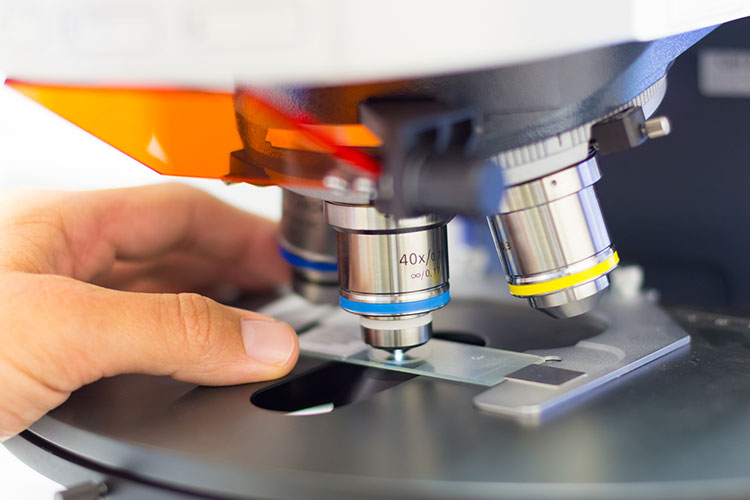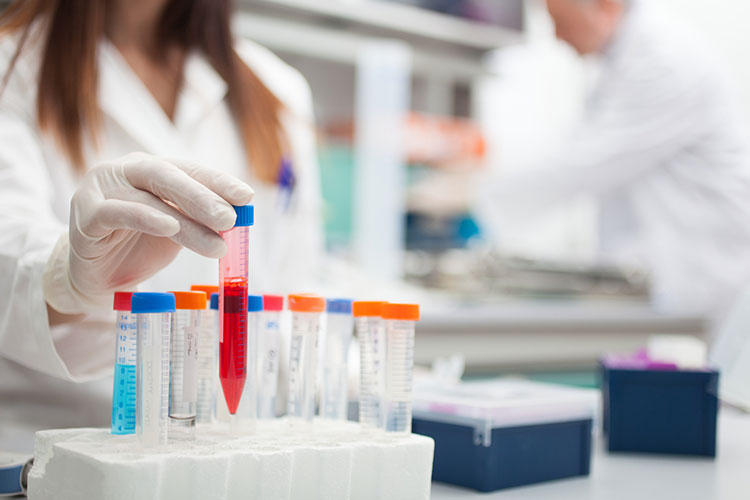Investigator Information
Providing our partners with the expertise needed in order to conduct the highest quality research.
Thank for your interest and participation in clinical research with Vantage Clinical Trials. We realize that not all clinicians possess the same level of experience or comfort regarding research and may, in fact, be completely new to it. For that reason, we would like to establish a “comfort zone” with each practitioner.
Our goal is to make research a pleasurable, profitable and painless experience for you while affording you the opportunity to offer leading edge medicine to your valued patients. Your input is critical to help us to determine the intensity levels and number of clinical trials to involve you in and establish your “comfort zone”.
Vantage Clinical Trials partners with established medical offices to set up clinical research sites providing coordination and regulatory support. We conduct research with minimal impact in your staff and daily operations.


Introduction to Clinical Trials
Before a pharmaceutical company can initiate testing in humans, it must conduct extensive preclinical or laboratory research. This research typically involves years of experiments in animal and human cells. The compounds are also extensively tested in animals. If this stage of testing is successful, a pharmaceutical company provides this data to the Food and Drug Administration (FDA), requesting approval to begin testing the drug in humans. This is called an Investigational New Drug application (IND).
How are experimental drugs tested in humans?
The clinical testing of experimental drugs is normally done in three phases, each successive phase involving a larger number of people. Once the FDA has granted a New Drug Approval (NDA), pharmaceutical companies also conduct post marketing or late phase three/phase four studies.
A Phase One Study:
Phase I studies are primarily concerned with assessing the drug’s safety. This initial phase of testing in humans is done in a small number of healthy volunteers (20 to 100), who are usually paid for participating in the study. The study is designed to determine what happens to the drug in the human body–how it is absorbed, metabolized, and excreted. A phase I study will investigate side effects that occur as dosage levels are increased. This initial phase of testing typically takes several months. About 70 percent of experimental drugs pass this initial phase of testing.
A Phase Two Study:
Once a drug has been shown to be safe, it must be tested for efficacy. This second phase of testing may last from several months to two years, and involve up to several hundred patients. Most phase II studies are randomized trials. One group of patients will receive the experimental drug, while a second “control” group will receive a standard treatment or placebo. Often these studies are “blinded”–neither the patients nor the researchers know who is getting the experimental drug. In this manner, the study can provide the pharmaceutical company and the FDA comparative information about the relative safety of the new drug, and its effectiveness. Only about one-third of experimental drugs successfully complete both phase I and phase II studies.
A Phase Three Study:
In a phase III study, a drug is tested in several hundred to several thousand patients. This large-scale testing provides the pharmaceutical company and the FDA with a more thorough understanding of the drug’s effectiveness, benefits, and the range of possible adverse reactions. Most phase III studies are randomized and blinded trials.
Phase III studies typically last several years. Seventy to 90 percent of drugs that enter phase III studies successfully complete this phase of testing. Once a phase III study is successfully completed, a pharmaceutical company can request FDA approval for marketing the drug.
Post-Marketing — Late Phase Three/Phase Four Studies
In late phase III/phase IV studies, pharmaceutical companies have several objectives: (1) studies often compare a drug with other drugs already in the market; (2) studies are often designed to monitor a drug’s long-term effectiveness and impact on a patient’s quality of life; and (3) many studies are designed to determine the cost-effectiveness of a drug therapy relative to other traditional and new therapies.


Who pays for clinical research?
Funding for clinical research comes from both the federal government (through the National Institutes of Health) and private industry (pharmaceutical and biotech companies). The sponsor of the research hires physicians, who may work in a wide variety of health-care settings, to conduct the clinical trial. Physicians are typically paid on a per-patient basis. The medical care is often provided free to the patient. Patients may also be paid a small fee to participate in a clinical trial.
